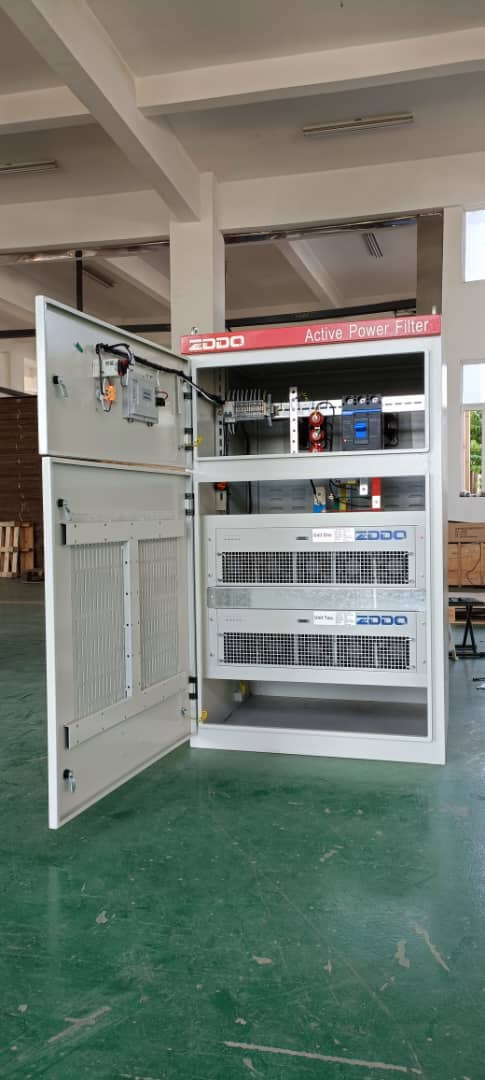Active filters and passive filters are two types of filters that are often used in electronic circuits. Although they can both be used to filter certain frequencies in electrical signals, there are some different differences between them.
1. Working Principle
Passive filters mainly rely on passive components (such as capacitors, inductors, resistors, etc.) to filter signals. They can only process the low-frequency, medium-frequency, and high-frequency parts of the input signal and filter them out separately. Passive filters do not have amplifiers, so they cannot increase the strength of the signal. Common passive filters include RC filters, RL filters, LC filters, etc.
Active filters are able to enhance the strength of the signal and filter specific frequencies in the signal. They use amplifiers to amplify the input signal and then feed it into the filter circuit to provide the required signal processing. Common active filters include low-pass filters, high-pass filters, band-pass filters, and band-stop filters.
2. Bandwidth
The bandwidth of passive filters is usually narrow. This is because passive components do not have amplification and can only provide limited filtering.
The bandwidth of active filters is usually wider because it has amplifiers to enhance the strength of the signal, thereby increasing the reliability and performance of the filter.
3. External power supply
Passive filters do not require an external power supply. Because they do not have an amplifier, they only need to use the input signal and passive circuits for signal processing.
Active filters require an external power supply to provide the voltage and current required by the amplifier. This means that they require more circuits to support their functions.
4. Stability
Passive filters are relatively stable because they do not have an amplifier to introduce noise and distortion. They can usually work for a long time without adjustment.
Active filters require more careful design and adjustment. The presence of an amplifier may introduce noise and distortion, which requires precise calibration to ensure its normal operation.
In short, active filters and passive filters each have their own characteristics. Which filter to choose depends on what kind of filter performance you need. In practical applications, different filters need to be selected according to specific circumstances.
Our Active Power Filter for electrical system harmonic mitigation:

